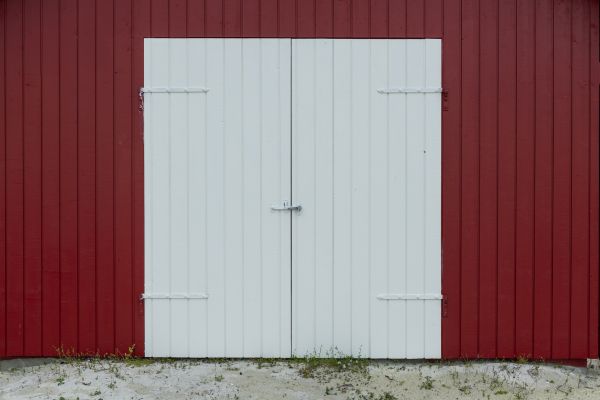Wood Siding Replacement
Connect with experienced local pros.
Wood siding replacement is a crucial home improvement project that can significantly enhance the appearance and functionality of a house. Over time, wood siding can deteriorate due to exposure to the elements, pests, and general wear and tear. Replacing old or damaged wood siding not only improves the aesthetic appeal of a home but also increases its structural integrity and energy efficiency. This process involves removing the old siding, inspecting the underlying structure for any damage, and installing new, high-quality wood siding that can withstand the test of time. Ensuring that wood siding is in top condition is essential for protecting a home from weather damage and maintaining its value.
Benefits of Wood Siding Replacement
-
Enhanced Curb Appeal
Replacing old, worn-out wood siding with new siding can dramatically improve the look of a home. Fresh, high-quality wood siding provides a clean, polished appearance that can make a house stand out in the neighborhood. This improved curb appeal can also increase the home's market value. -
Improved Energy Efficiency
New wood siding can help insulate a home more effectively, reducing energy costs. By providing better protection against heat loss in winter and heat gain in summer, wood siding replacement can lead to a more comfortable living environment and lower utility bills. -
Increased Durability and Protection
Modern wood siding materials are designed to be more durable and resistant to damage from weather, pests, and other environmental factors. Replacing old siding with new, robust materials can protect the home’s structure and extend its lifespan. -
Boosted Property Value
Investing in wood siding replacement can increase the overall value of a property. Potential buyers are often willing to pay more for a home with new siding, knowing that it means less maintenance and repairs in the near future.
FAQs About Wood Siding Replacement
What is the average lifespan of wood siding?
Wood siding can last anywhere from 20 to 40 years, depending on the type of wood, maintenance, and environmental conditions. Regular upkeep can extend its lifespan significantly.
How do I know if my wood siding needs to be replaced?
Signs that wood siding needs replacement include visible rot, warping, cracking, and significant fading. If maintenance and repairs are no longer effective, it might be time to consider replacement.
Can I replace wood siding myself, or should I hire a professional?
While some homeowners choose to take on siding replacement as a DIY project, hiring a professional ensures proper installation and can save time and potential costly mistakes.
What types of wood are best for siding replacement?
Cedar and redwood are popular choices due to their natural resistance to decay and insects. However, the best choice depends on the specific needs and conditions of the home.
Ready to enhance your home's appearance and value? Fill out the contact form to request a Wood Siding Replacement today and experience the benefits of professional installation.

